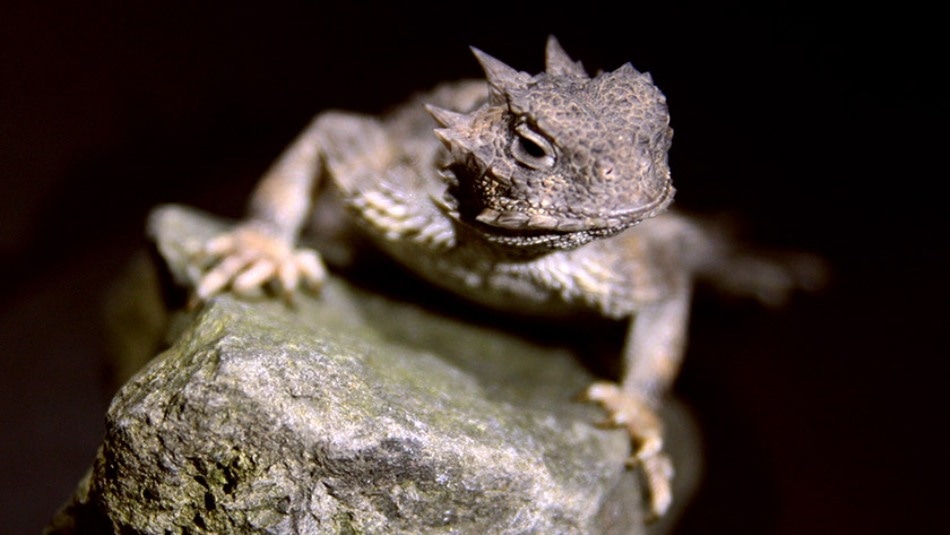Jul 8 2019
EU-funded LINABIOFLUID scientists studied desert-dwelling horned lizards by using electron microscopes. These lizards survive in dry environments by gathering dew via their skin, and flat bark bugs, which modify color to disguise themselves from predators when they get damp.
 (Image credit: Dr P. Commans, RWTH and Mrs Ulrike Hermens, Fraunhofer IPT, 2016)
(Image credit: Dr P. Commans, RWTH and Mrs Ulrike Hermens, Fraunhofer IPT, 2016)
Thorough examination revealed that the creatures have different micro- and nanoscale fluid-transporting structures that create miniscule surface patterns that can direct liquids in a particular direction with the highest possible efficiency.
The LINABIOFLUID group was able to show considerable enhancements in controlled fluid transport by mimicking the same organic patterns on silicon, steel, and titanium using precision lasers—a process called biomimicry.
Tests revealed that this biomimetic advancement decreased the coefficient of friction by 50% in machine components, such as steel shafts lubricated with engine oil, and could allow the production of much more efficient and robust slide bearings for several mechanical applications.
More effective and faster lubrication leads to less friction and resistance, thereby minimizing energy use and CO2 emissions, and at the same time reducing the wear and tear that decreases the lifetime of machines.
More Efficient Machinery
By working together with biologists and laser experts, the project developed a radical new line of biomimicry technology. The results could be very useful for solving everyday engineering problems that would transform the energy efficiency of millions of machines.
Emmanuel Stratakis, Project Coordinator, Foundation for Research and Technology Hellas, Greece
Furthermore, the scientists found medical uses, such as laser-engineered titanium implants with biomimetic surface microstructures damped by blood and body fluids to avoid overgrowth of cells and tissues.
This has the capability to minimize the side effects of hip replacement surgery or allow new implants to treat cardiovascular disease, a finding currently being further investigated in the follow-on FET Innovation Launchpad Project CellFreeImplant.
“We are also looking at other ways in which these new types of biomimetic and nanoscale structures could be used, for example in underwater applications, in high-power device cooling or to separate water and oil,” Stratakis states.
He added, “Furthermore, we are studying the unexpected discovery of anti-reflection properties of bio-inspired laser-induced nanostructures. This finding is being patented and will be investigated further in LABIONICS, a second follow-on FET Innovation Launchpad Project.”
Source: http://ec.europa.eu/